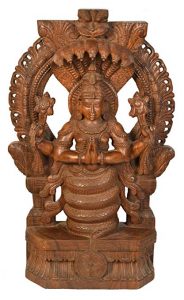The Eight Limbs of Yoga

The important yoga text that most yoga teachers refer to is the Yoga Sutra of Patanjali. Patanjali was a sage that was credited with The Yoga Sutra, the Mahabhasya (a classical treatise on grammar), and a treatise on medicine. He was believed to have lived some time between 2nd century BCE to 4th century CE. As you read through this list and the sub lists, notice how simple and acceptable they are. You might even think you have always known this information. My challenge to you is to pick one word from the list and think about it through the week. What is the first way you notice this part of yoga applying to your life? How many other ways can you apply this part of yoga to your life. I have kept the translations short, on purpose so as not to influence your personal translation 🙂
Patanjali divides yoga into eight limbs (Astanga Yoga)
1. Yama (ethical disciplines that transcend creed, country, age and time- the dont’s)
a. Ahimsa (non-violence)
b. Satya (truth)
c. Asteya (non-stealing)
d. Brahmacharya (continence)
e. Aparigraha (non-coveting)
2. Niyama (individual disciplines- the dos)
a. Saucha (purity)
b. Santosa (contentment)
c. Tapas (austerity)
d. Svadhyaya (study of the Self)
e. Isvara Pranidhana (dedication to the Lord)
3. Asana (postures)
4. Pranayama (extension and control of the breath)
5. Pratyahara (control of the senses)
6. Dharana (concentration)
7. Dhyana (meditation)
8. Samadhi (union with the Source, pure joy and peace)
These 8 Limbs of yoga have also been described as petals of the lotus flower, where the whole flower is Yoga. What is yoga you ask…
The word Yoga is derived from the Sanskrit root yuj meaning to bind, join, attach and yolk, to direct and concentrate one’s attention on, to use and apply. It also means union or communion. It is the true union of our will with the will of God. (Iyengar, Light on Yoga p. 19)
If you are curious about the meaning of the way Patanjali is portrayed, this website has a neat description of the the statue of Patanjali as well as the invocation to Patanjali that is said at the beginning of many yoga classes world-wide.


